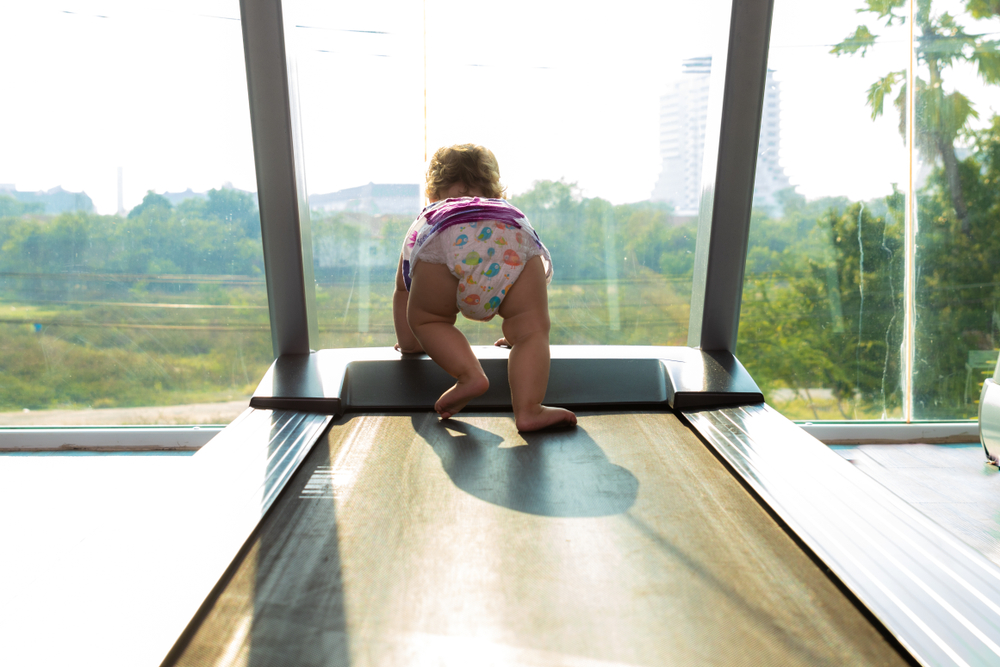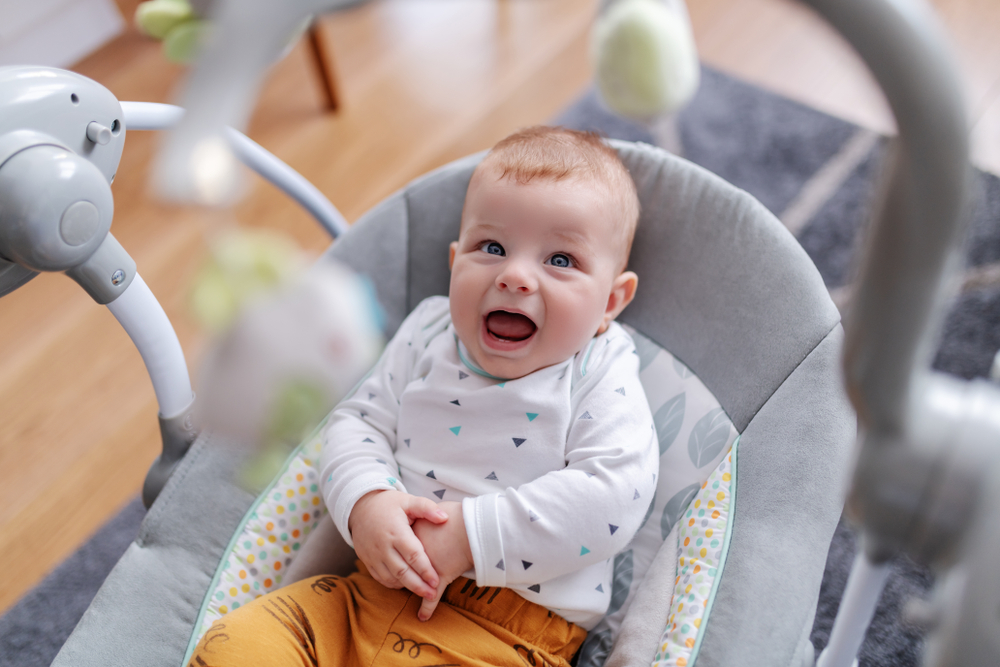Warnings Issued About Peloton Treadmill
If you are looking for a way to exercise at home, Peloton is likely on your radar. With nearly $4 billion in earnings expected by the end of this year, the fitness company is wildly popular and has millions of members using its app, bike, and treadmill. Peloton has become a household name in the last few years and saw rocketing sales during the pandemic. But a serious safety issue has some customers thinking twice about their purchase.
The U.S. Consumer Product Safety Commission (CPSC), a government agency that monitors product safety, released an official statement recommending that consumers avoid Peloton’s high-end treadmill. Retailing for $4,295, the Tread+ is designed to be easier for runners due to its sleek design. But regulators worry that the treadmill’s rubberized slats and space from the floor make it easier to get trapped under than other treadmills.

According to the CPSC, children and pets have been injured by the Peloton Tread+ roller, and at least one child has been killed. The agency says anyone with children in their home should immediately stop using the exercise machine due to the risks posed. To drive home their warning, the CPSC released a harrowing video of a child becoming stuck under the treadmill until he could free himself.
Almost 40 incidents with the treadmill have been reported, and there could be more that people aren’t known to investigators. The exercise machine frequently causes abrasion and fractures, and children have become entrapped, pinned, and pulled under the treadmill. The CPSC also recently took the rare step of issuing a subpoena to Peloton, requiring the company to share more information about a child who died in a treadmill-related incident in March.
Peloton pushed back by calling the agency statement misleading and inaccurate. In its release, the company also offered tips to lessen the chance of a tragic accident, like working out alone and using a safety key so children can’t turn on the machines on their own. While the company acknowledged the potential risk, they publicly disagreed with the government’s recommendation to stop using the treadmill immediately.
Analysts say Peloton’s refusal to issue a voluntary recall could backfire in the end, given that the CPSC could sue the company to force it into compliance. The odds may be in Peloton’s favor. In reality, lawsuits against a manufacturer are few and far between. The agency relies on companies choosing to make voluntary recalls. If they refuse, the CPSC is faced with a lengthy legal process that takes months or even years. Consumer policy experts worry that the government may tell people to use their best judgment if a formal recall isn’t implemented. Peloton’s biggest motivation to implement a recall might be to protect its brand image. If the company decides against it, the treadmill will likely remain on the market, unless the CPSC makes an unlikely decision and forces a mandatory recall.
In an official release, Peloton said it would “continue to work to develop industry-leading safety features for connected home exercise equipment.” But treadmill users are faced with a difficult decision. Should they follow the guidance of the CPSC and cease use of the machine immediately, or entertain the company’s belief that the government has overstated the danger? On forums like Reddit, users discuss the changes Peloton could make to reduce the risk of injury, like requiring a PIN code for the treadmill to operate or telling customers to buy a gate that children and pets won’t be able to climb.
In the wake of the Peloton news, lawmakers have introduced a bill that would make it easier for regulators to alert the public to products that could be dangerous. Right now, the CPSC cannot share specific product warnings without allowing the manufacturer to respond, thanks to Section 6(b) of the Consumer Product Safety Act. While the commission can issue broad advisories, a manufacturer must permit the CPSC to publicly share product details in a bulletin. This rule sometimes means that the public is using products that shouldn’t be on the market. In a notable example, the agency learned of infants who died while in an inclined sleeper from Fisher-Price. It took years for the CPSC to issue a public recall, and by then, the product was linked to dozens of deaths.
It’s too soon to tell how the Peloton treadmill controversy will end. If the company doesn’t cooperate with the CPSC, especially if the agency suggests a recall, the next step will likely be a long, complicated process. Unfortunately, this could lead to more injuries. In the meantime, customers will face the conflict of whether to trust the commission’s warning or the brand’s assertions when buying a treadmill.



















